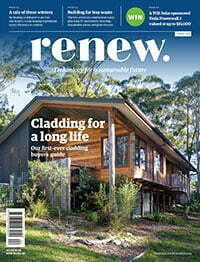Putting a waste management plan in place
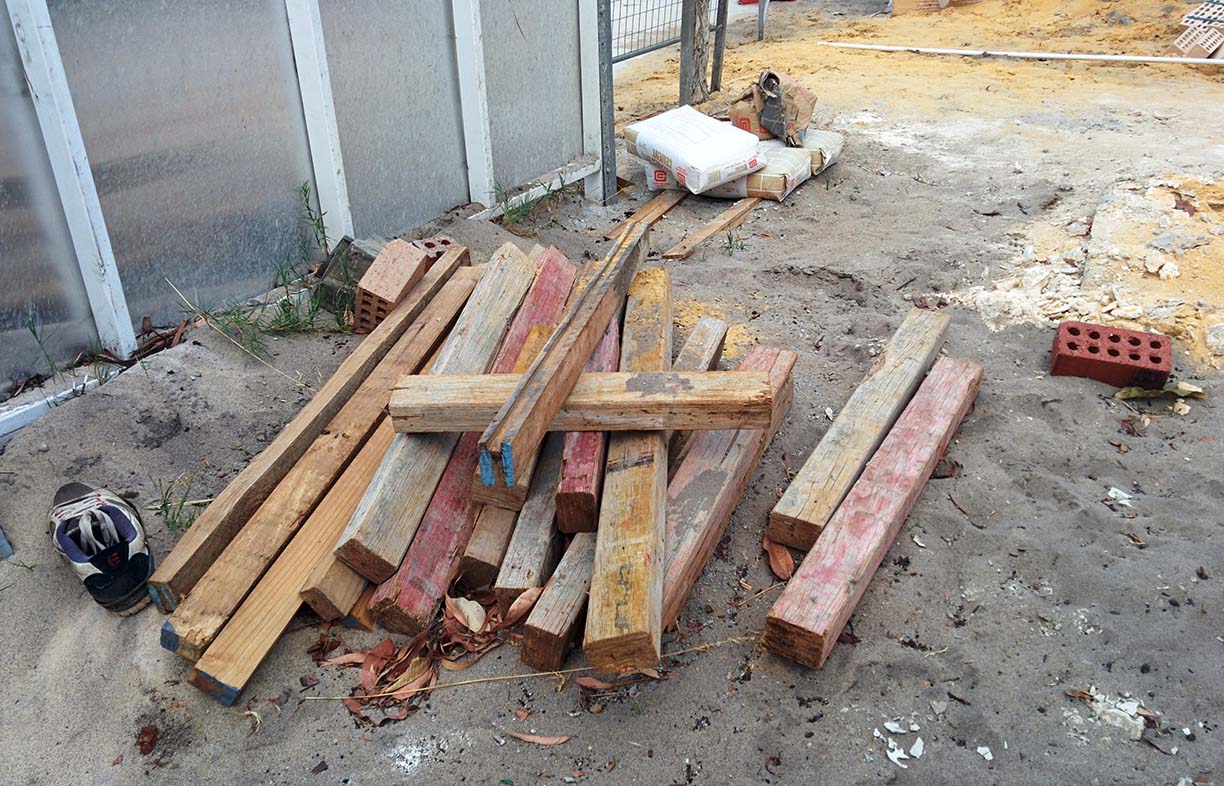
“Construction waste is not something that’s first and foremost on people’s minds when they want to design and build their own home,” says Eugenie Stockmann, a sustainable developer and consultant. “We were probably a bit shocked when we saw the reality of what happens on a construction site.”
Eugenie has had multiple experiences working on small building sites with an aim to reduce waste. She’s one of the founders of The Green Swing, an urban eco-community based in Perth and featured in Renew 132, p. 34.
Since completing their first development, ‘Genesis,’ the Green Swing collective has created another co-living community in the Perth suburbs. Eugenie says the experience the collective had with Genesis taught them how to improve their waste practices.
“The first project, we didn’t realise certain things didn’t happen automatically, like separation of waste streams,” she says. “The behaviour of some of the trades can be challenging, with how tidy they leave the sites.”
“On the second project we did, waste became much more of a priority to think about,” Eugenie adds. “We put in a waste management plan and agreed on that with a builder before we entered into a contract.”
Education was the key to success with their second project, Eugenie says. “Education really informed us about what we wanted to do on site,” she says. “We understood what the problematic materials were and that if we separated them the percentage of what we could reuse and recycle would be much higher.”
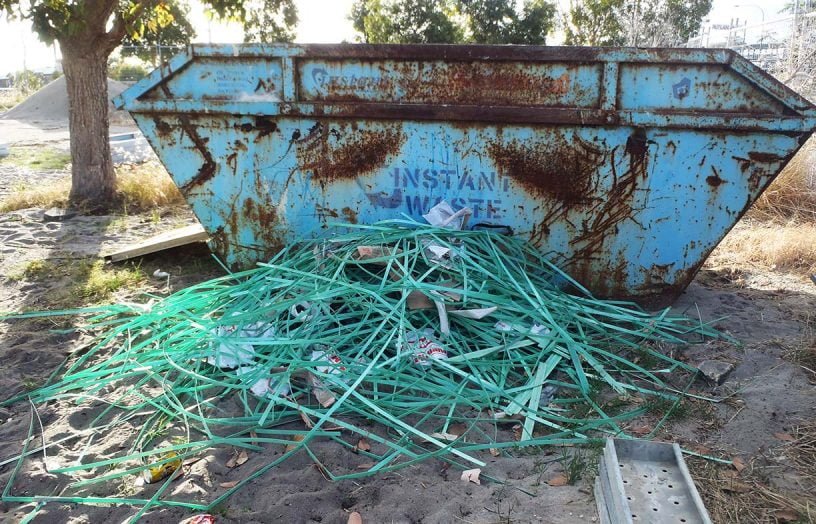
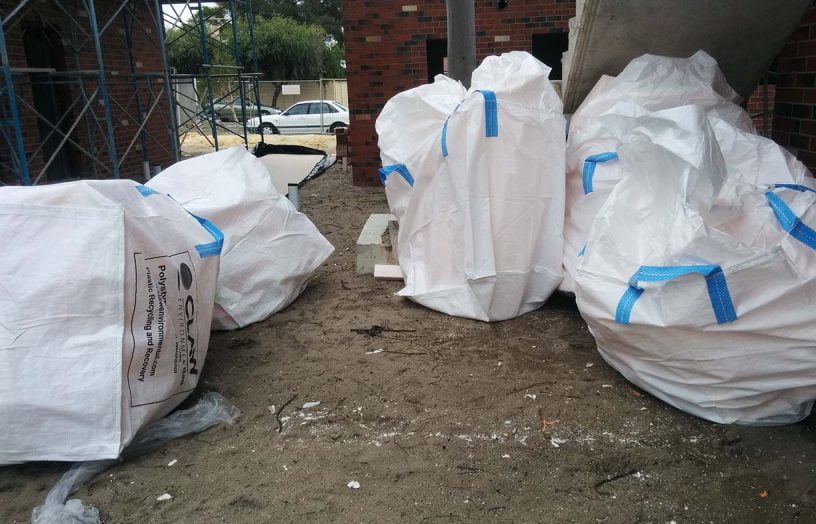
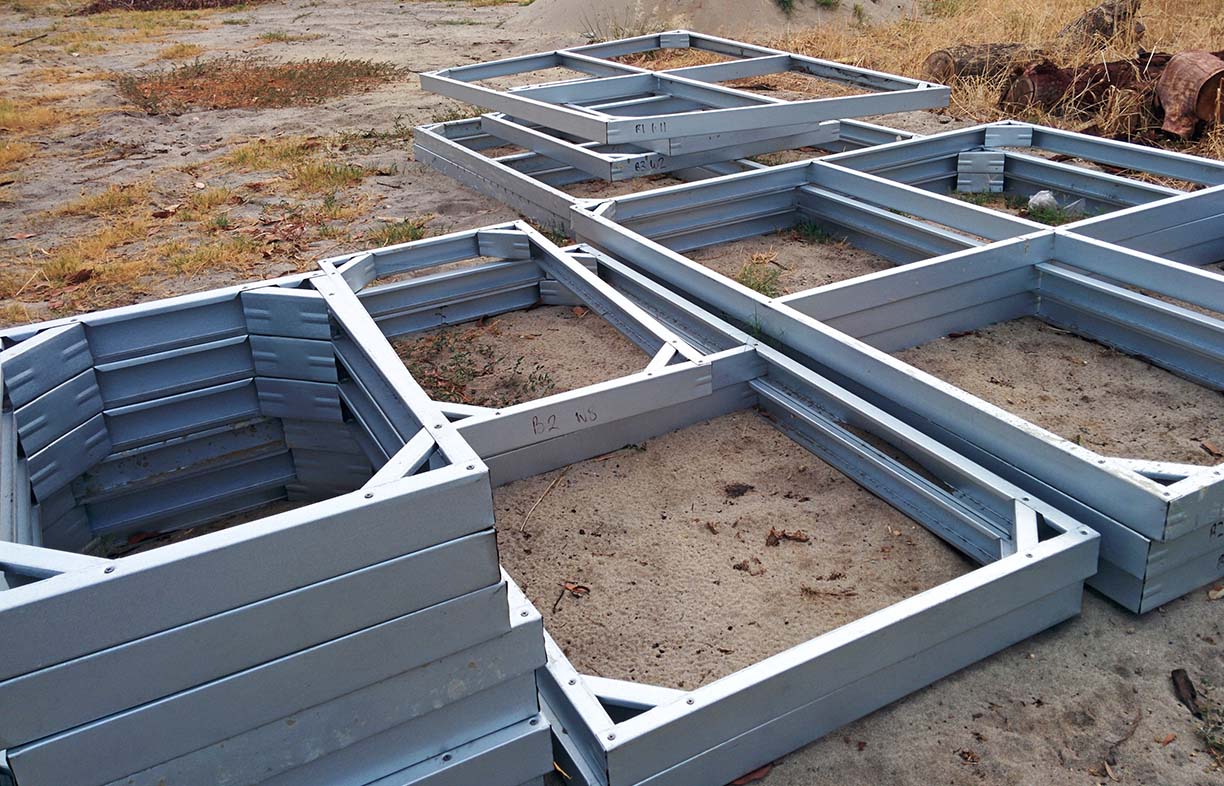
“We would collect plastic strapping and polystyrene separately and ship them off to the company that processes them,” she says. “We stepped through what we will be disposing of and what’s the company that can deal with the different waste streams instead of them just going into the skip.”
Eugenie emphasises that if you make communication with your builder a priority, you can significantly minimise waste. “Make it part of the conversation with your builder and contractor from the start. If it comes as an afterthought, you will probably have to accept what the builder’s normal practice is. Upfront, you have a real opportunity to improve behaviour.”
Further reading
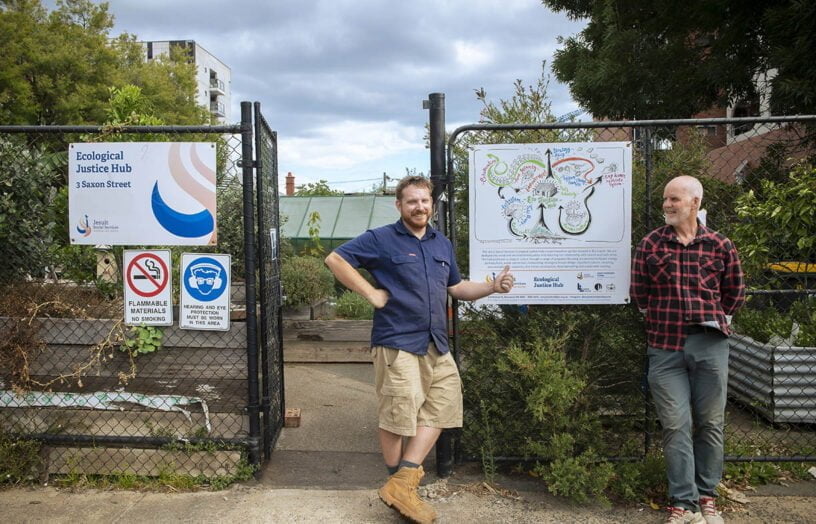 Reuse & recycling
Reuse & recycling
Community eco hub
Nathan Scolaro spends 15 minutes with Stuart Wilson and Michael McGarvie from the Ecological Justice Hub in Brunswick, Melbourne.
Read more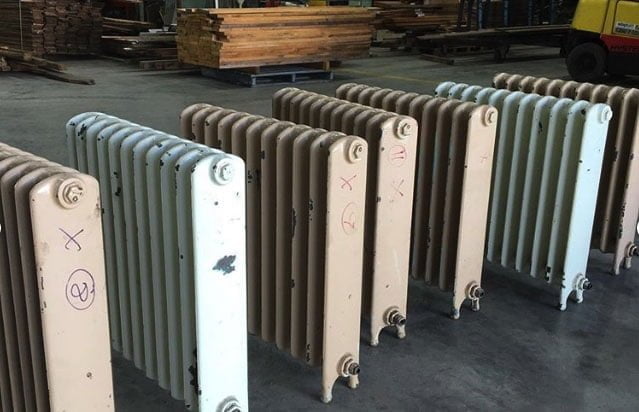 Reuse & recycling
Reuse & recycling
Recycled hydronic heat
Renew’s sustainability researcher Rachel Goldlust gives us a view of and from the Salvage Yard.
Read more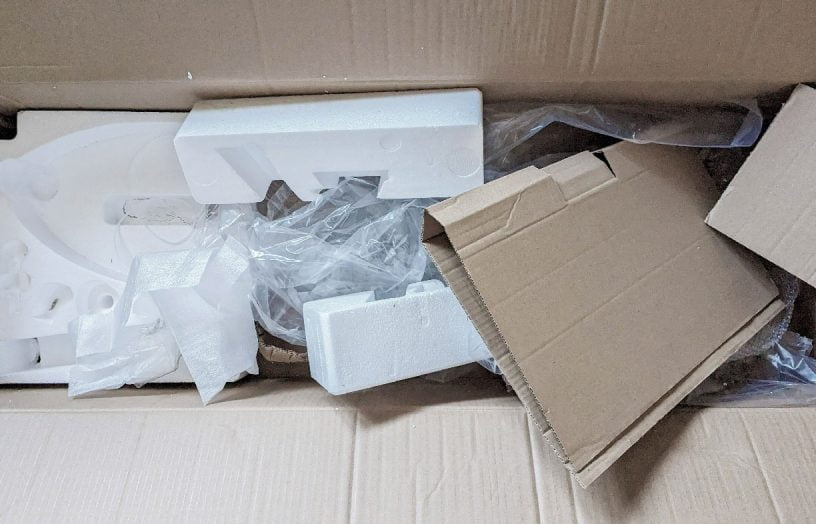 Reuse & recycling
Reuse & recycling
The future of packaging
Packaging comes with just about everything we consume, with far-reaching implications for us and the planet. Jane Hone asks how we can get a handle on it.
Read more

